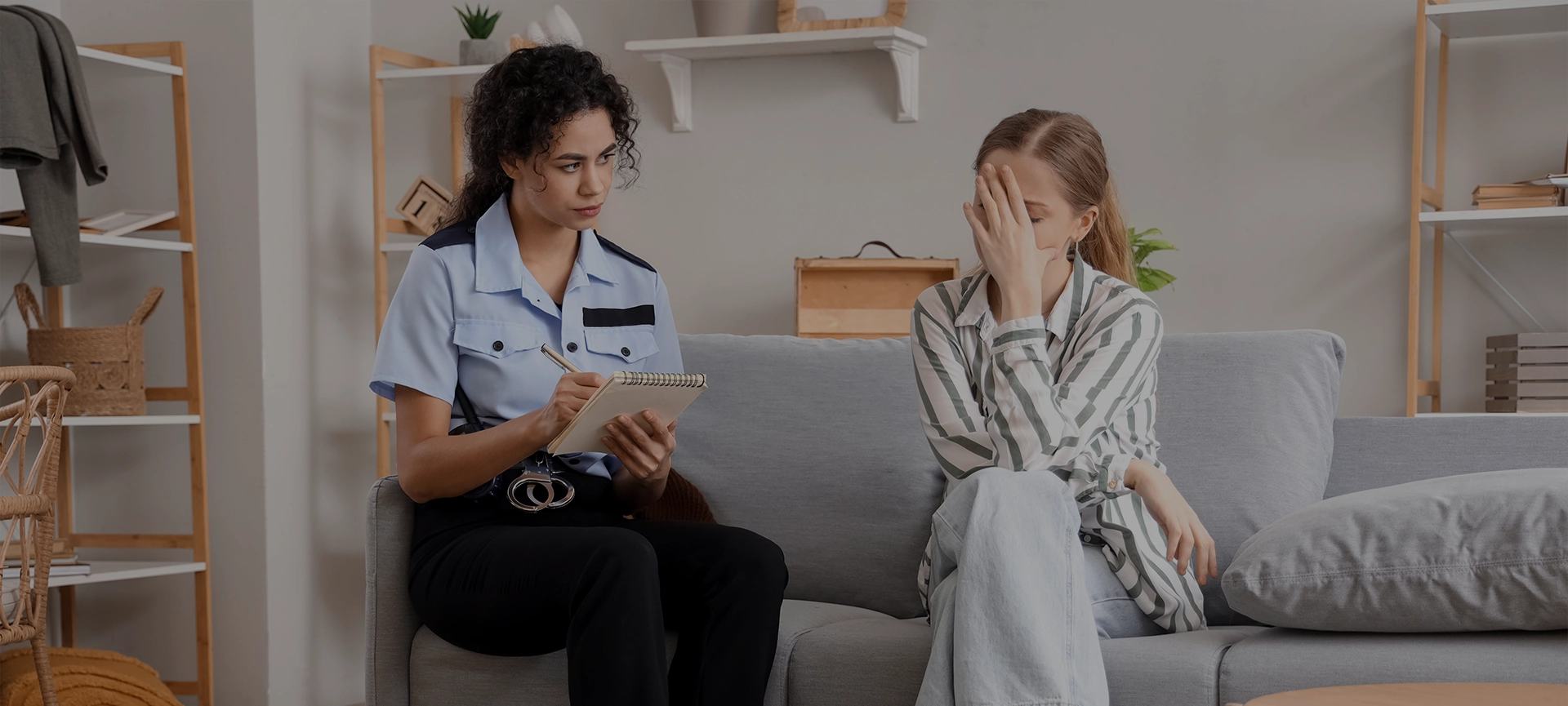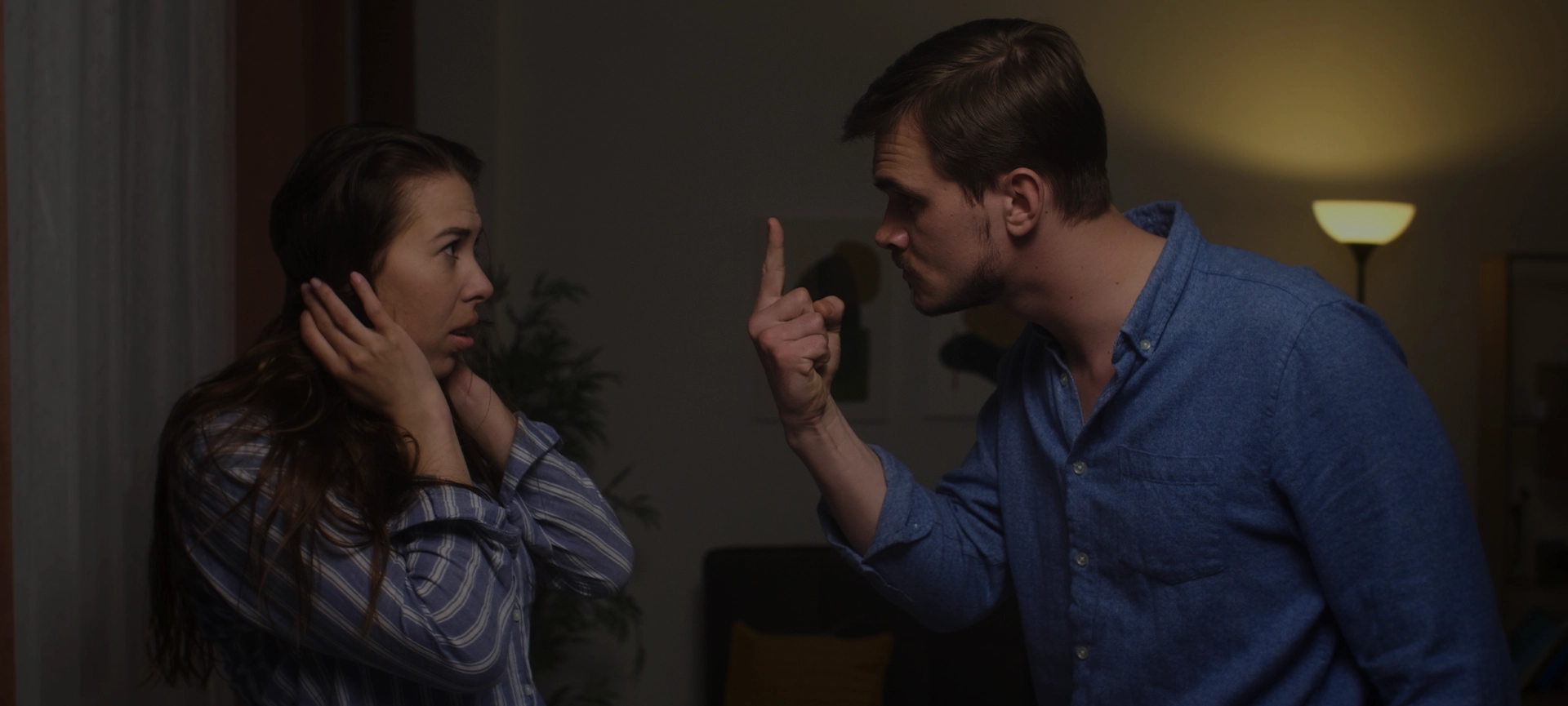By the time you read this, I will have testified before the Standing Committee on Public Safety and National Security on their study into gun control, illegal arms trafficking and the increase in gun crimes committed by members of street gangs.
Deadlines are an inconvenient beast, but I can already predict how it all unfolded even though I am writing this before my testimony.
There was handwringing about the unprecedented plague of gun violence. There was partisan bickering about the rights of lawful gun owners. The Conservatives proposed two of their favourite solutions: stricter bail for firearms offences and harsher sentences for firearms offenders. And the Liberals danced around their political fears of taking bold action to ban handguns completely.
Because when it comes to guns, it is all the same predictable theatre.
We should all be able to agree that gun crime is serious stuff. But we need to be careful not to sensationalize discussions about the magnitude or novelty of the problem.
Historically speaking, we live in one of the safest periods in history. Canada’s Crime Severity Index, a measure of the seriousness of police-reported crime, has decreased 6 per cent in the last decade and a staggering 31 per cent since 2000. Violent crime rates have also seen declines over the previous decade and an 11 per cent drop over the last 20 years.
There has been an increase in the rate of firearms-related offences since 2000, from 7.29 to 10.89 incidents per 100,000 people. But we always need to be careful of small samples sizes, arbitrary endpoints, and short-term trends when it comes to data analysis — if we look at 2018’s 7.72 firearm incidents per 100,000, the increase in firearms offences appears much smaller.
The use of firearms in homicides has remained relatively stable over the last 20 years and is dramatically lower than in the mid-1970s. And there was a decrease of almost 10 per cent in gang-related homicides in 2020.
The statistics don’t necessarily back up the premise of a new rash of firearms offences on Canadian streets. Reasonable people might disagree on the scope of the problem, but no one would disagree that one firearms crime is too many.
So, onto solutions.
One tired solution, dragged out by politicians after high-profile firearms incidents, is stricter bail.
Toronto’s mayor John Tory claimed that there was a problem with people “getting out on bail 20 minutes after they’re arrested for using a gun.” Doug Ford also jumped on the bail bandwagon claiming that we have a system that “lets far too many criminals convicted of gun crimes out on bail and back on the streets the very next day.”
Tory and Ford are both lying. Bail on firearms offences is far from automatic. In fact, without ripping up the Charter of Rights and Freedoms, bail for firearms offences cannot be made any tougher. In all firearm bail hearings, the onus to justify release is revered, meaning that the accused needs to show the court why they should be released. When there is a release, the bail conditions are always stringent; and prosecutors never agree to bail — not unless the accused is a police officer.
Stricter bail is not the answer, and neither are minimum sentences or harsher punishments, as former Conservative leader Erin O’Toole and Ottawa’s mayor Jim Watson suggested.
Remember, the Supreme Court of Canada ruled MMPs unconstitutional for firearms offences because they could lead to “abhorrent or intolerable” sentences that are “so excessive as to outrage standards of decency.”
But even if they were constitutional, the evidence is clear that MMPs are an ineffective and dangerous justice tool. They do not deter crime. They do not increase public safety. They disproportionately affect Indigenous and other racialized Canadians. And they are costly.
Real solutions involve building relationships with communities to tackle the hopelessness and poverty that plague our cities. We should be advancing progressive drug policies like full legalization and safe supply — much gun violence stems from the illicit drug market. We should also be making more resources readily available for post-sentencing rehabilitation and reintegration.
Another thing we could do is ban handguns — not just a delegation of responsibilities to willing municipalities, the current government’s cowardly solution, but a complete national ban. This ban would not solve black market smuggling, but fewer legal handguns mean fewer guns potentially flowing to criminals. It also means “legal” handguns could not be used by perpetrators of domestic violence or those who hold extremist views.
But these solutions are complicated, and they come with a political cost.
And the cynic in me predicts that some members of the Standing Committee on Public Safety and National Security will be more interested in politics than solutions




